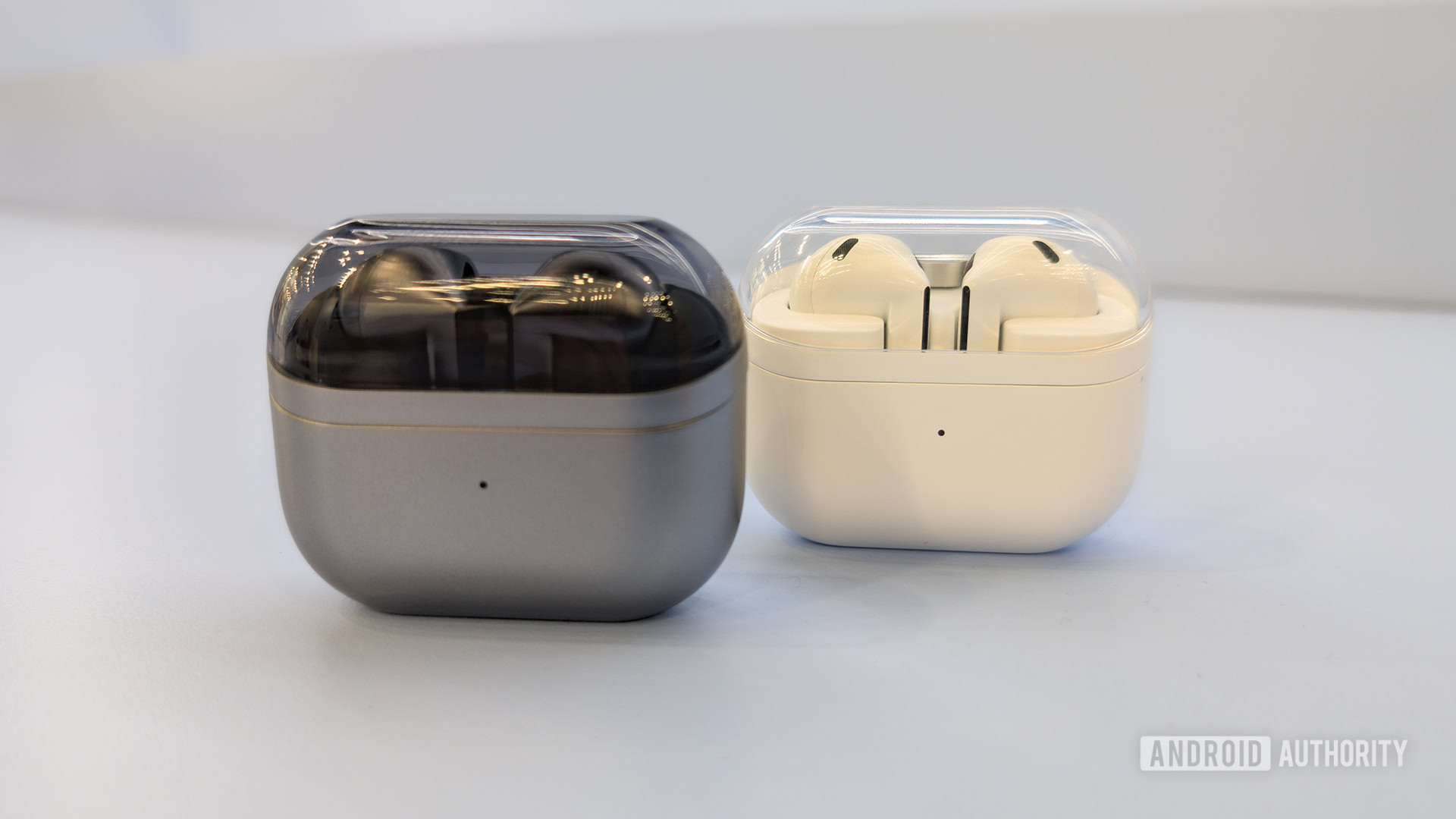Because the thing I kept thinking about, as I played the new Switch and Switch 2 releases of these (genuinely good!) former Wii games, was this: Did we really used to live like this?
To be fair, the Switch 2 is a better fit for old Wii software than a lot of consoles would be; the system’s various technological toys do a pretty good job of simulating the Wii’s motion controls, using gyroscopes and a touchscreen to fill in for the Wiimote’s point-and-shake schtick. And yet, as I tilted my Joy-Con 2 fitfully to navigate my way through the canyons and bluffs of Galaxy 2‘s Wild Glide Galaxy, I started getting serious flashbacks to a whole generation of gaming where we all decided, collectively, to kiss off the classic controller. In favor of what? Rigidly holding our hands in place, lest we send Mario spiraling straight down to one of those (still terrifying) black holes that lurk at the bottom of so many of Galaxy‘s levels? Why did we do this to ourselves?
Nobody’s going to stand here and tell you that the first time you played tennis or bowling in Wii Sports wasn’t a magical moment, a true example of “Oh, grandma can do this!” gaming. I have two motion controllers charging in my house right now, queued up for an evening session of Beat Saber. Hell, I have fond memories of sticking a Wiimote to my nose because the dopey narration in WarioWare: Smooth Moves told me it was time to do “The Elephant.” But revisiting the Mario Galaxy games has also been a reminder of how pervasive, bordering on insidious, this stuff got, as designers tried to reinvent the wheel, and instead got a wheel that falls over a lot, while being about half as fun to play with. Movement and motion are vital elements of the human experience, but Mario Galaxy‘s version of it feels borderline cynical—like a team of very solid developers made a great 3D Mario game, and then got told they had to shoehorn in motion controls because, fuck, it’s a Wii game, right?
The simple fact is, pushing buttons is good. Moving sticks is good. Pulling triggers? Good. (In the proper context!) These control schemes have evolved, over 63 years of digital gaming, because people figured out pretty early on that cranking knobs on an oscilloscope is a pretty shitty way to control a virtual avatar. There’s nothing wrong with exploring alternate control schemes—I was excited to see the mouse-based Mario & Wario make its way to the Switch’s online nostalgia catalogue this week, and I’m the guy who will never shut up about how stylus-based Kirby game Canvas Curse actually kicked ass. But the control scheme must match the game, and the Mario Galaxy games, for all their strengths, are a textbook example where that’s simply not the case, but had the scheme imposed on them anyway.
In the very limited form they’ve arrived in now—timed, I can only assume, to the announcement that Super Mario Galaxy is also the name of the upcoming Super Mario Bros. Movie sequel—Mario Galaxy‘s dalliances with wrist jiggles and arm flurries can be small-doses charming. (It helps, again, that so much work has clearly gone into the Super Mario Galaxy games that makes them genuinely important to Mario‘s evolution into games like Super Mario Odyssey or Bowser’s Fury.) I’ve been having a blast with Galaxy 2 specifically, even if I want to slap that stupid “run as fast as you can” pepper out of Yoshi’s gob every time I manage to get his tongue to fitfully connect with it. But sometimes revisiting video gaming’s history means we’re not just celebrating what was great about the past: We’re also touring cul-de-sacs of design ideas that have now, quite rightly, been labeled as weird and dangerous dead ends.

